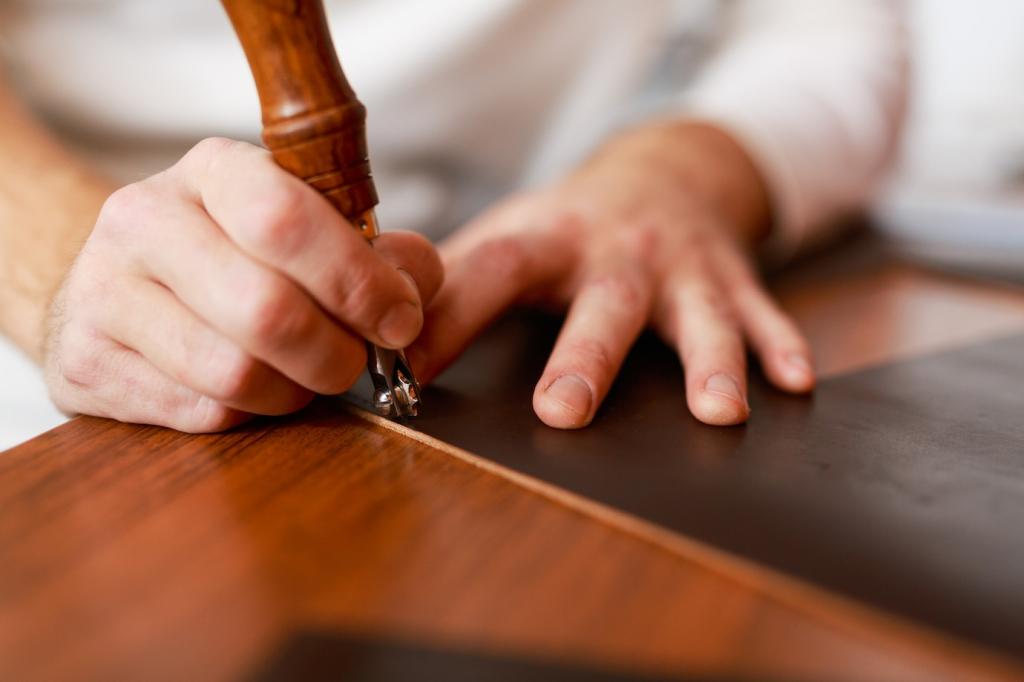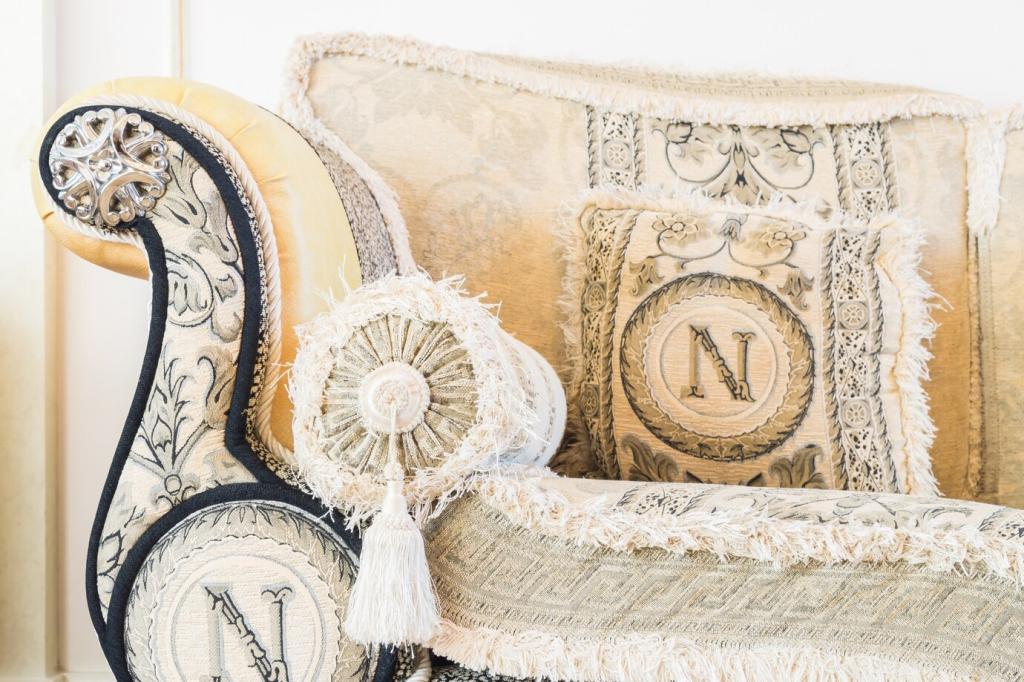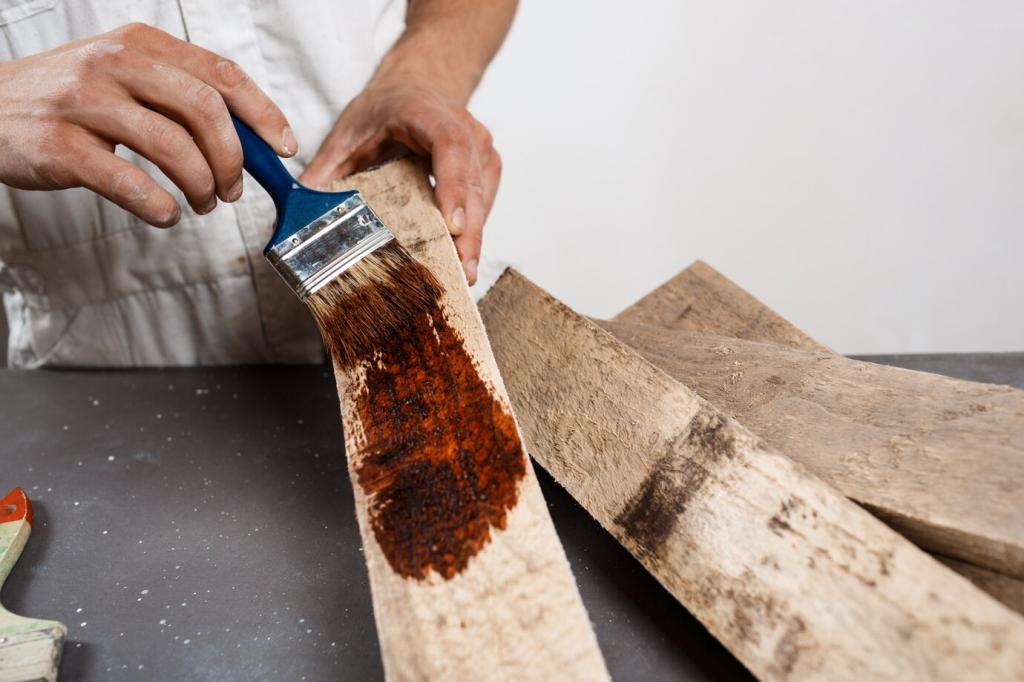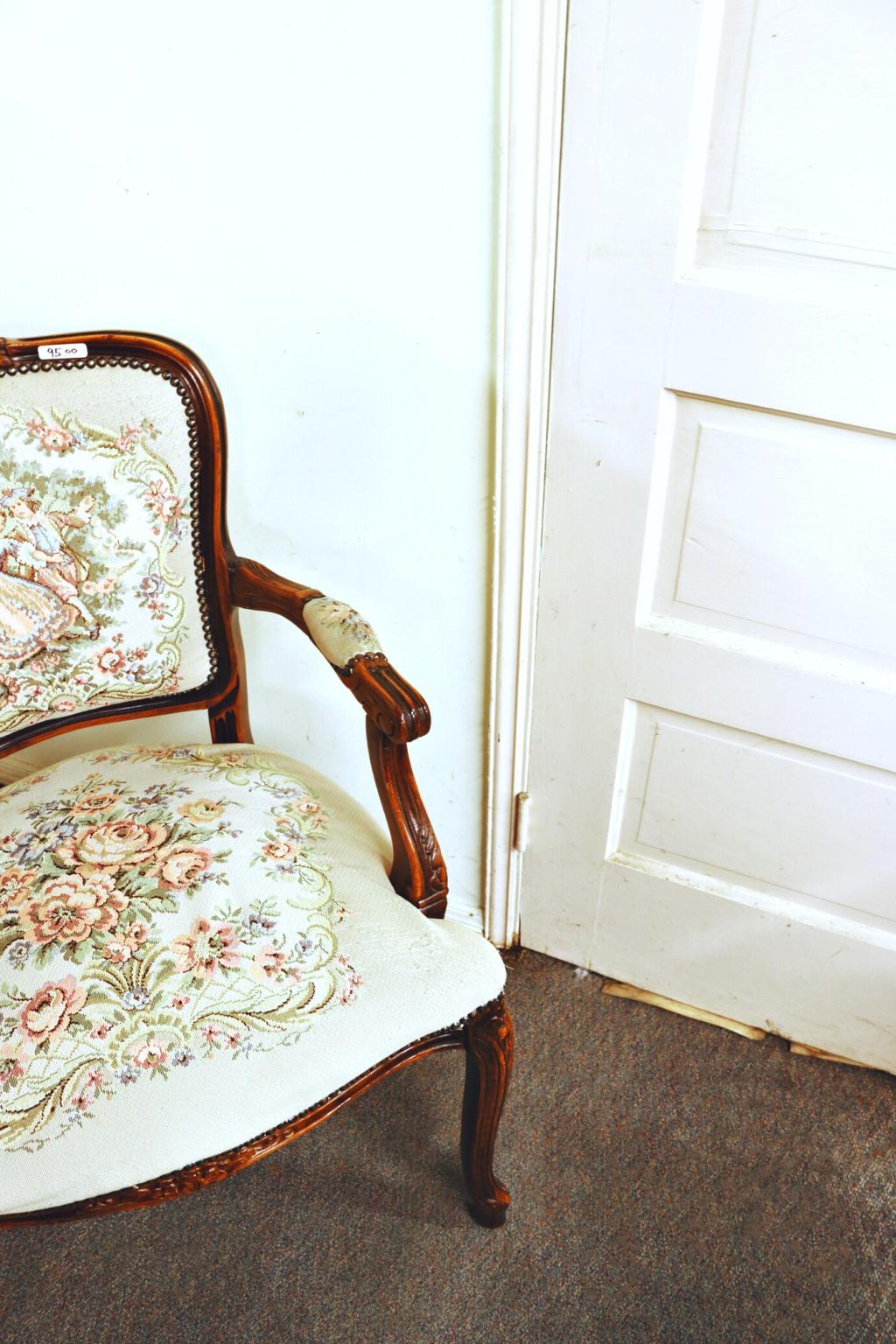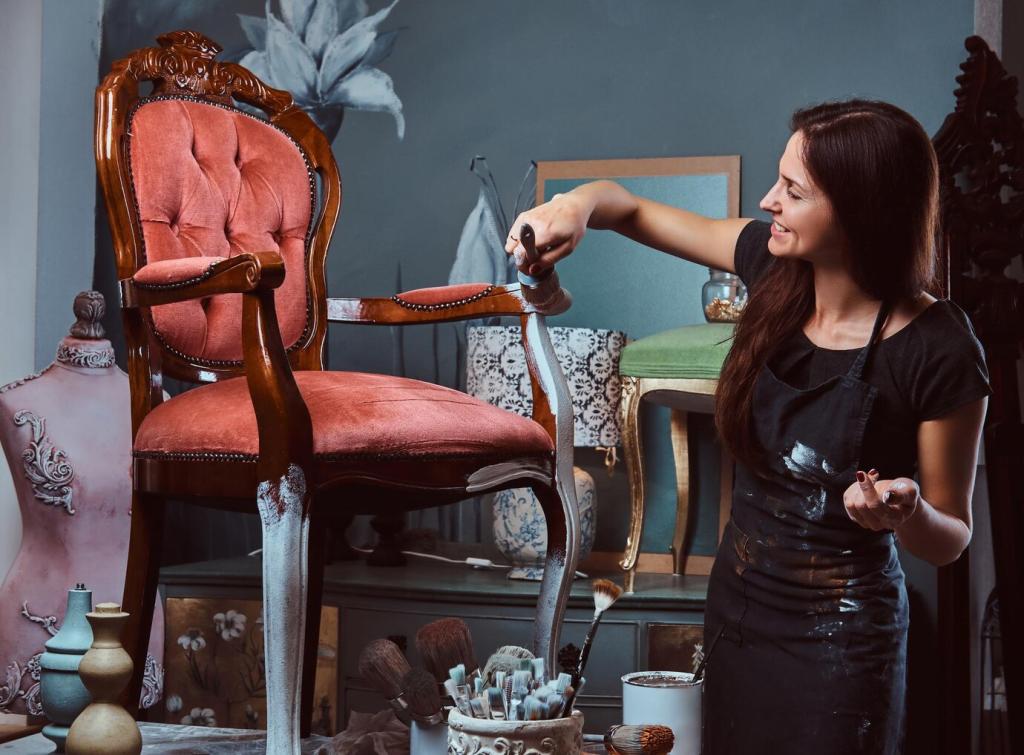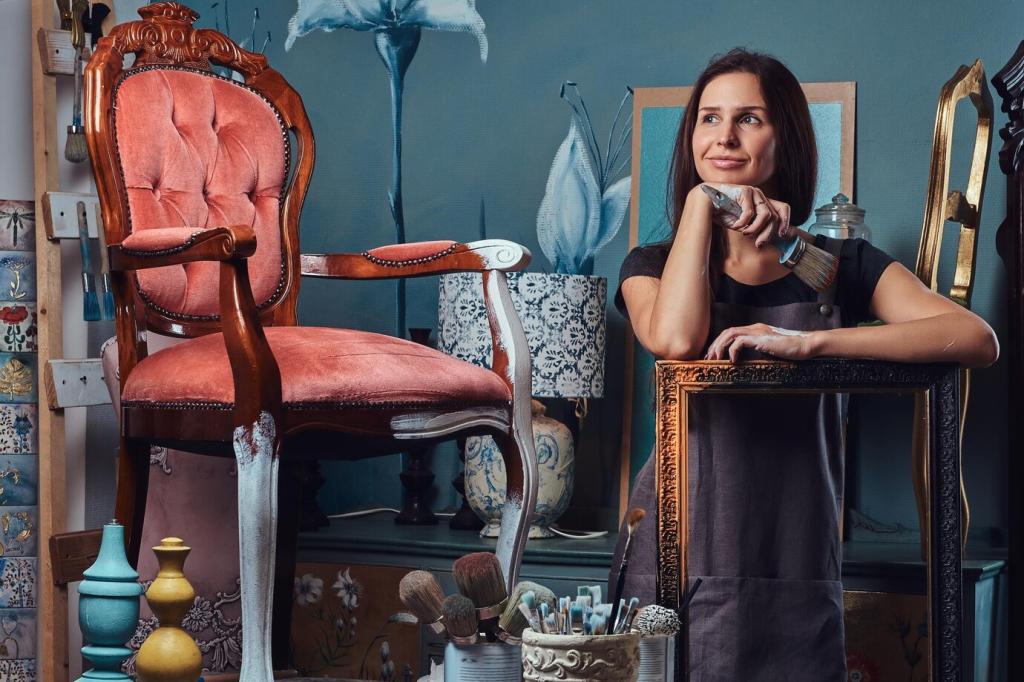Gather the Right Tools and Materials
Start with a card scraper, cabinet scraper, cabinetmaker’s chisels, block plane, 0000 steel wool, cotton rags, soft-bristle brushes, and a quality putty knife. Add syringes for glue injection, small clamps, and a bright headlamp. Tell us what’s already in your kit.
Gather the Right Tools and Materials
Ventilation matters when using solvents. Wear nitrile gloves, eye protection, and a proper respirator when needed. Keep a metal can for oily rags to prevent combustion. Clear a stable bench and label containers. Share your workspace setup for safety feedback.
Gather the Right Tools and Materials
Choose biodegradable cleaners, low-VOC strippers, and water-based finishes when appropriate. Keep denatured alcohol for shellac and citrus-based solvents for sticky residues. For historical accuracy, stock liquid hide glue or prepare hot hide glue. Ask for supplier suggestions near you.

